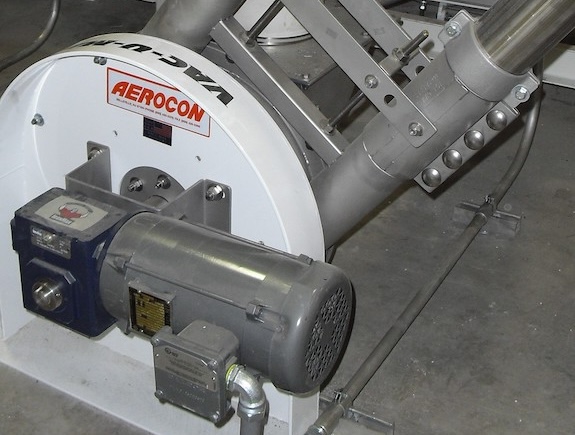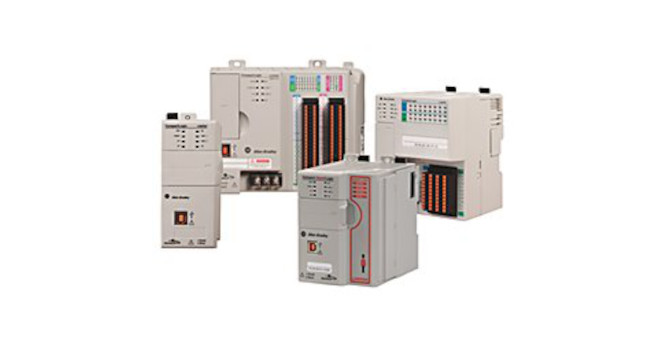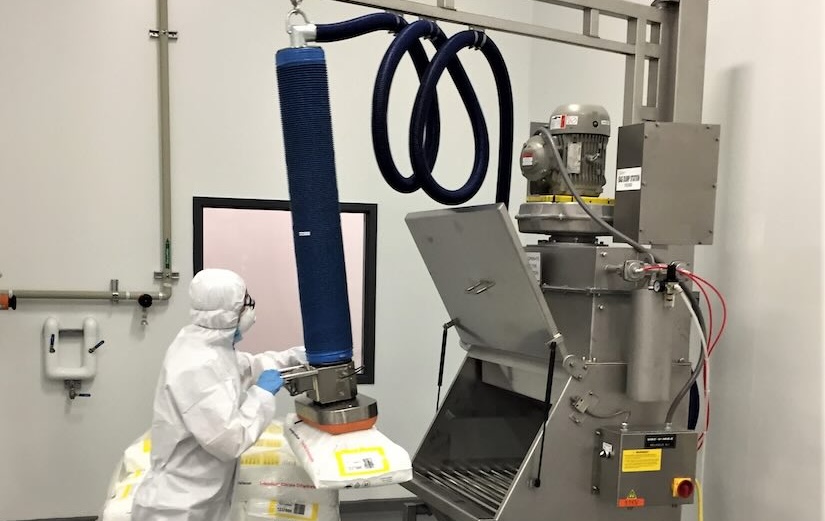Users have a variety of criteria to consider when choosing fuses
Since the first United States fuse patent was issued to Thomas Edison in 1880, known simply as safety wire, the fuse has evolved into a device more complex than credited. Today, a typical plant storeroom contains thousands of different fuses, all intended for specific applications.
A fuse is a current carrying thermal link calibrated to melt under specified overcurrent conditions. The heat generated by excess current causes the thermal link to melt and open, disconnecting power from the circuit.
When selecting a fuse, verify that it has the proper voltage, ampere rating and interrupting rating required for the application. Also, be sure it’s been tested and listed by a third party certified agency and that the fuse meets the installation and sizing criteria specified by the NEC.
Fuse applications
Fuses play vital roles in fire prevention, and the protection of people, electrical components and systems. Typical applications range from industrial controls including HVAC, material handling and automation; power quality encompassing surge protection, power factor correction and back-up power; power distribution consisting of panelboards, switchboards, load centers and bus ducts; and power conversion including variable frequency drives, rectifiers and induction heating.
But which fuse should one use for a particular application? When selecting a fuse, consider voltage rating, ampere rating, interrupting rating, time delay vs. non-time delay, time-current characteristics and codes and standards.
Voltage rating — The voltage rating is the maximum voltage at which a fuse is designed to operate safely. Typical low-voltage power fuse voltage ratings are 250 Vac and 600 Vac. When selecting a fuse, make sure its voltage rating is equal to or greater than the application voltage.
Ampere rating — A fuse’s ampere rating is its continuous current carrying capability tested in defined laboratory conditions. Typical low-voltage power fuses are available in ampere ratings from 0.1 A up to 6,000 A. The National Electric Code (NEC) requires overcurrent protective devices — including fuses — to be sized at 125% of the system’s continuous load current. Use the following equation when determining fuse ampere rating where I rated is the fuse ampere rating and I nominal represents the system’s continuous operating current.
Derating factors may apply if the ambient temperature is a value other than 77 F. Consult the fuse manufacturer for fuse derating guidelines if the ambient temperature within the enclosure is greater than 90 F.
Interrupting rating — The interrupting rating is the maximum amount of current the fuse can safely interrupt. The NEC requires overcurrent protective devices to have an interrupting rating greater than the available fault current. Current-limiting power fuses, UL Class L, J, RK1, RK5, T or CC have interrupting ratings of 200 kA, suitable for 99.9% of today’s applications. Avoid selecting UL Class H and K fuses, which have low interrupting ratings of 10 kA and 50 kA respectively.
Time-delay vs. non-time-delay — A time-delay fuse is capable of carrying an overcurrent of a specified magnitude for a minimum specified time without opening. A time-delay fuse must hold 500% of its current rating for a minimum of 10 seconds. Time-delay fuses were originally designed to coincide with motor starting characteristics and are recommended for transformer and motor branch circuit applications where start-up in-rush currents occur often. Non-time-delay fuses don’t meet the specified product time requirements and are typically used for non-inductive loads such as lighting panels and metering centers.
Time-current characteristics — A time-current curve is a graphical representation of the fuse’s melting characteristic. Time-current curves are used to evaluate fuse performance. The more current the fuse sees, the faster it opens. Average melting, minimum melting and total clearing time-current curves are available from all fuse manufacturers.
Codes and standards — When selecting a fuse for industrial applications, certain product standards and installation codes must be met. Underwriters Laboratories and the Canadian Standards Association are product testing and certification organizations that develop standards to ensure that a product is safe for installation into electrical equipment and systems. Standards UL 248 and CSA C22.2, “Low Voltage Fuses,” define electrical performance, mechanical dimensions and product labeling requirements that all manufacturers must comply with to obtain listings from these agencies. For industrial applications, use listed current-limiting Class L, J, RK1, RK5, T or CC fuses.
| Author Information |
| Robert Lyons, Jr. is a product manager at |



